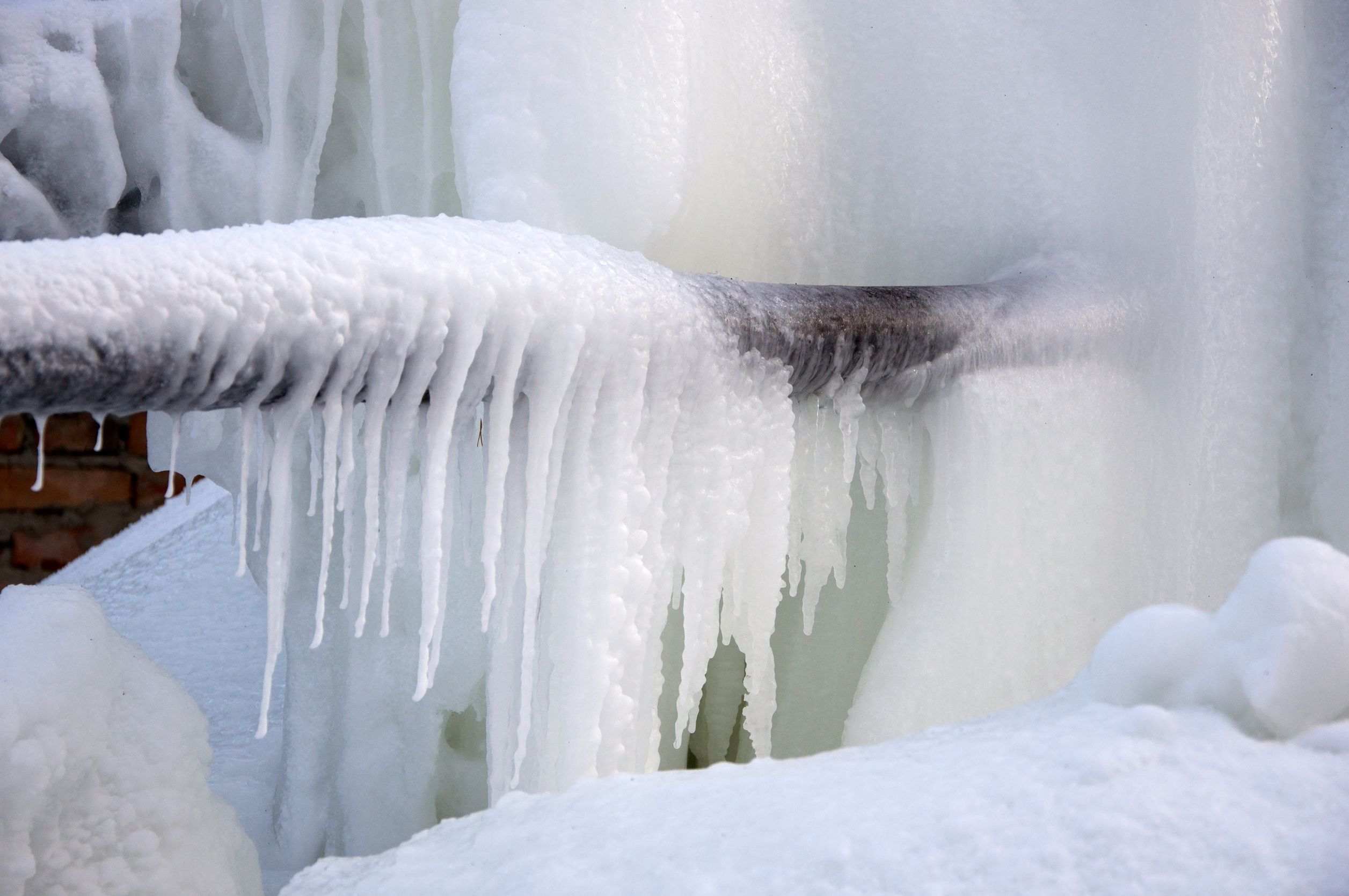Tips to Protect Pipes from Freezing Issues: Important Guidance
Tips to Protect Pipes from Freezing Issues: Important Guidance
Blog Article
Do you find yourself looking for critical information involving 6 Ways to Prevent Frozen Pipes?

Cold weather can ruin your plumbing, especially by freezing pipes. Right here's how to stop it from taking place and what to do if it does.
Intro
As temperatures decline, the danger of icy pipes rises, potentially resulting in pricey fixings and water damages. Recognizing how to prevent icy pipelines is essential for homeowners in cold climates.
Understanding Frozen Pipelines
What triggers pipes to ice up?
Pipes ice up when exposed to temperatures listed below 32 ° F (0 ° C) for extended periods. As water inside the pipes freezes, it expands, taxing the pipe walls and potentially creating them to rupture.
Dangers and problems
Frozen pipelines can lead to water supply interruptions, property damage, and expensive repairs. Ruptured pipes can flooding homes and trigger considerable structural damage.
Indications of Frozen Water Lines
Recognizing frozen pipes early can avoid them from rupturing.
Just how to determine icy pipelines
Seek decreased water circulation from faucets, uncommon smells or noises from pipes, and visible frost on subjected pipelines.
Prevention Tips
Insulating susceptible pipelines
Wrap pipes in insulation sleeves or use warmth tape to secure them from freezing temperature levels. Focus on pipes in unheated or external locations of the home.
Heating methods
Maintain interior rooms sufficiently warmed, especially areas with pipes. Open up closet doors to allow cozy air to circulate around pipelines under sinks.
Safeguarding Outside Pipes
Garden hoses and outside faucets
Detach and drain pipes garden hoses before winter season. Set up frost-proof spigots or cover exterior faucets with insulated caps.
What to Do If Your Pipes Freeze
Immediate activities to take
If you presume icy pipes, keep taps available to eliminate stress as the ice thaws. Utilize a hairdryer or towels soaked in warm water to thaw pipelines gradually.
Long-Term Solutions
Structural adjustments
Think about rerouting pipelines away from outside wall surfaces or unheated locations. Include added insulation to attics, basements, and crawl spaces.
Updating insulation
Purchase premium insulation for pipes, attics, and wall surfaces. Proper insulation assists keep regular temperatures and minimizes the risk of icy pipelines.
Verdict
Protecting against frozen pipelines requires proactive procedures and quick feedbacks. By recognizing the causes, indicators, and safety nets, house owners can secure their pipes during winter.
5 Ways to Prevent Frozen Pipes
Drain Outdoor Faucets and Disconnect Hoses
First, close the shut-off valve that controls the flow of water in the pipe to your outdoor faucet. Then, head outside to disconnect and drain your hose and open the outdoor faucet to allow the water to completely drain out of the line. Turn off the faucet when done. Finally, head back to the shut-off valve and drain the remaining water inside the pipe into a bucket or container. Additionally, if you have a home irrigation system, you should consider hiring an expert to clear the system of water each year.
Insulate Pipes
One of the best and most cost-effective methods for preventing frozen water pipes is to wrap your pipes with insulation. This is especially important for areas in your home that aren’t exposed to heat, such as an attic. We suggest using foam sleeves, which can typically be found at your local hardware store.
Keep Heat Running at 65
Your pipes are located inside your walls, and the temperature there is much colder than the rest of the house. To prevent your pipes from freezing, The Insurance Information Institute suggests that you keep your home heated to at least 65 degrees, even when traveling. You may want to invest in smart devices that can keep an eye on the temperature in your home while you’re away.
Leave Water Dripping
Moving water — even a small trickle — can prevent ice from forming inside your pipes. When freezing temps are imminent, start a drip of water from all faucets that serve exposed pipes. Leaving a few faucets running will also help relieve pressure inside the pipes and help prevent a rupture if the water inside freezes.
Open Cupboard Doors
Warm your kitchen and bathroom pipes by opening cupboards and vanities. You should also leave your interior doors ajar to help warm air circulate evenly throughout your home.

I was introduced to that article about 6 Ways to Prevent Frozen Pipes through a pal on another web page. Are you aware of somebody who is fascinated about the niche? Be sure share it. Thank you for your time spent reading it.
This Website Report this page